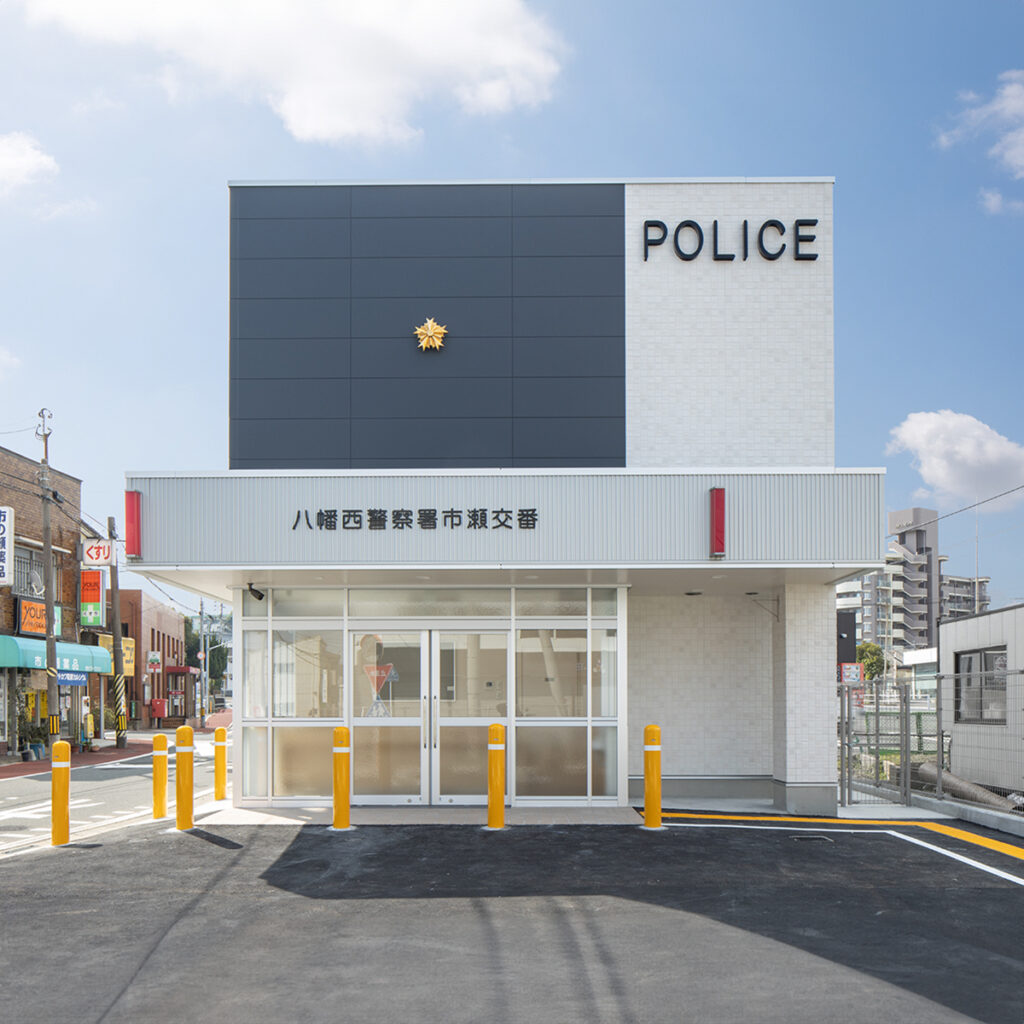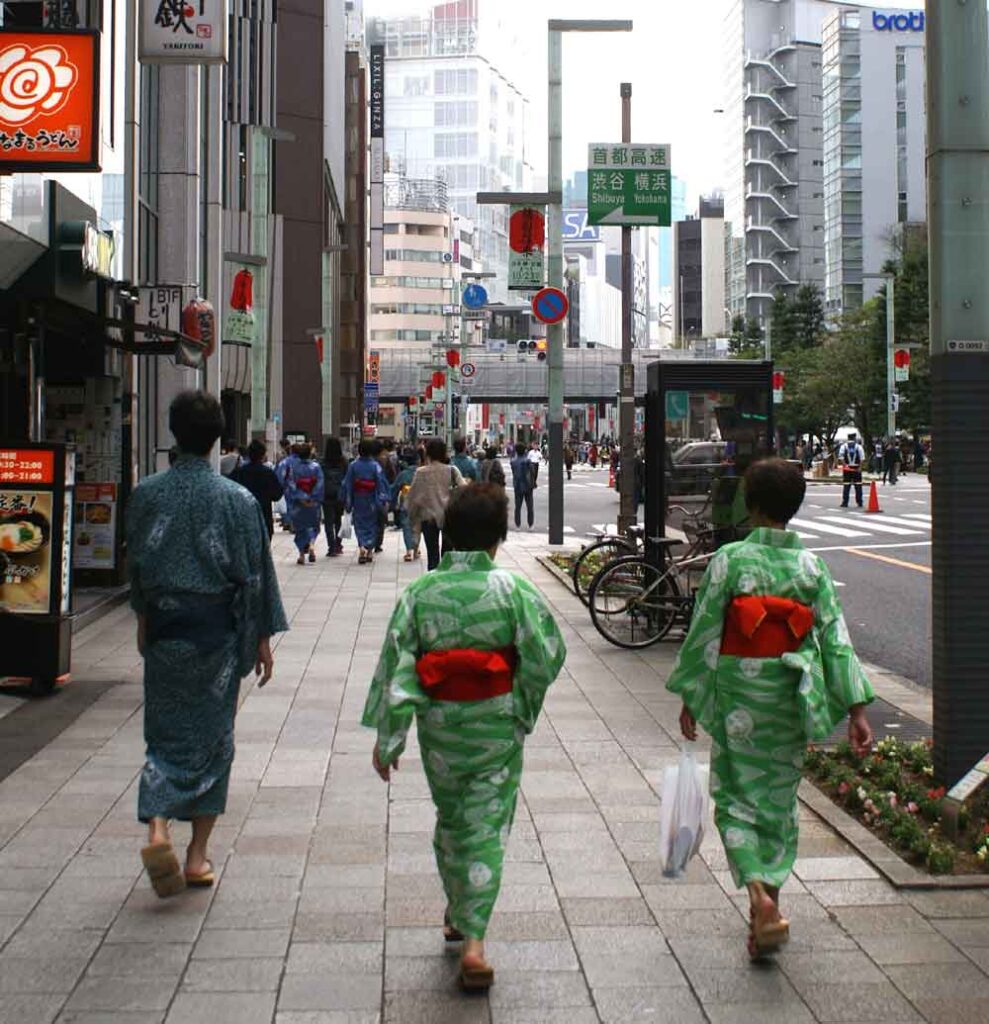Deep in Japan’s busy streets, among skyscrapers and residential neighborhoods, lie sanctuaries of safety. They are known as the Kōban and are community police stations. They play an essential role in preserving order and tranquility in Japanese cities.
The Kōban police : Origin and Evolution
The concept of Kōban dates back to the beginning of the 20th century. At that time, the Japanese police felt the need to strengthen their presence in local communities . Since then, the Japanese have made the first Kōban, established in Tokyo in 1874, a symbol of closeness and security in the country.
Over the years, Kōban have evolved to meet the changing needs of citizens and communities. They are no longer just static police stations. But they are rather multifunctional centers. There, residents can get help, report incidents, or simply strike up a conversation with police officers.
Operation and Services
Kōban generally occupy strategic locations such as busy intersections, train stations or shopping centers. This gives them maximum visibility and easy access to local residents. Their structure is often modest, but their impact is considerable.
Koban police officers are specially trained to interact with the public in a friendly and professional manner. They provide a range of services from helping with directions and assistance with lost items, to resolving minor disputes and responding to emergencies. Additionally, police officers assigned to the Kōban often participate in community outreach initiatives. For example, crime prevention programs and neighborhood patrols.
The Kōban police : Impact of this Police on Security
The importance of the Kōban in maintaining security cannot be overstated. Their deterrent presence helps prevent crimes and minor offenses. Additionally, their accessibility encourages residents to promptly report incidents and cooperate with law enforcement. This facilitates the exchange for a quick and efficient response.
The Kōban also have a positive effect on residents’ feeling of security. By establishing close ties with the community, police officers build public confidence in law enforcement. In addition, it promotes an environment where everyone feels responsible for collective safety.
A Model to Follow?
The success of the Kōban in Japan has attracted the attention of other countries facing similar urban safety challenges. Similar initiatives have been implemented in cities around the world. While adapting the Japanese concept to their own cultural and social contexts.
Although each country has its own unique challenges, the Koban model offers valuable lessons about the importance of police-community proximity. But also on the power of prevention and early intervention in the fight against urban crime.
In conclusion, Kōban are much more than just police stations. They embody the spirit of service and commitment to public safety, while demonstrating the enduring value of a positive police-community relationship.



